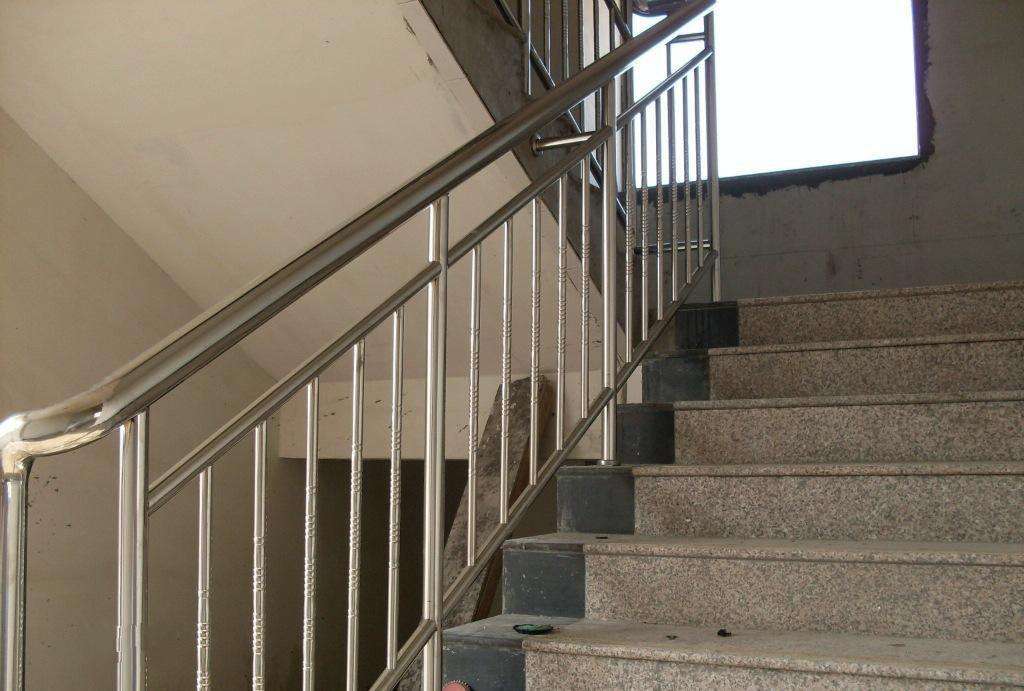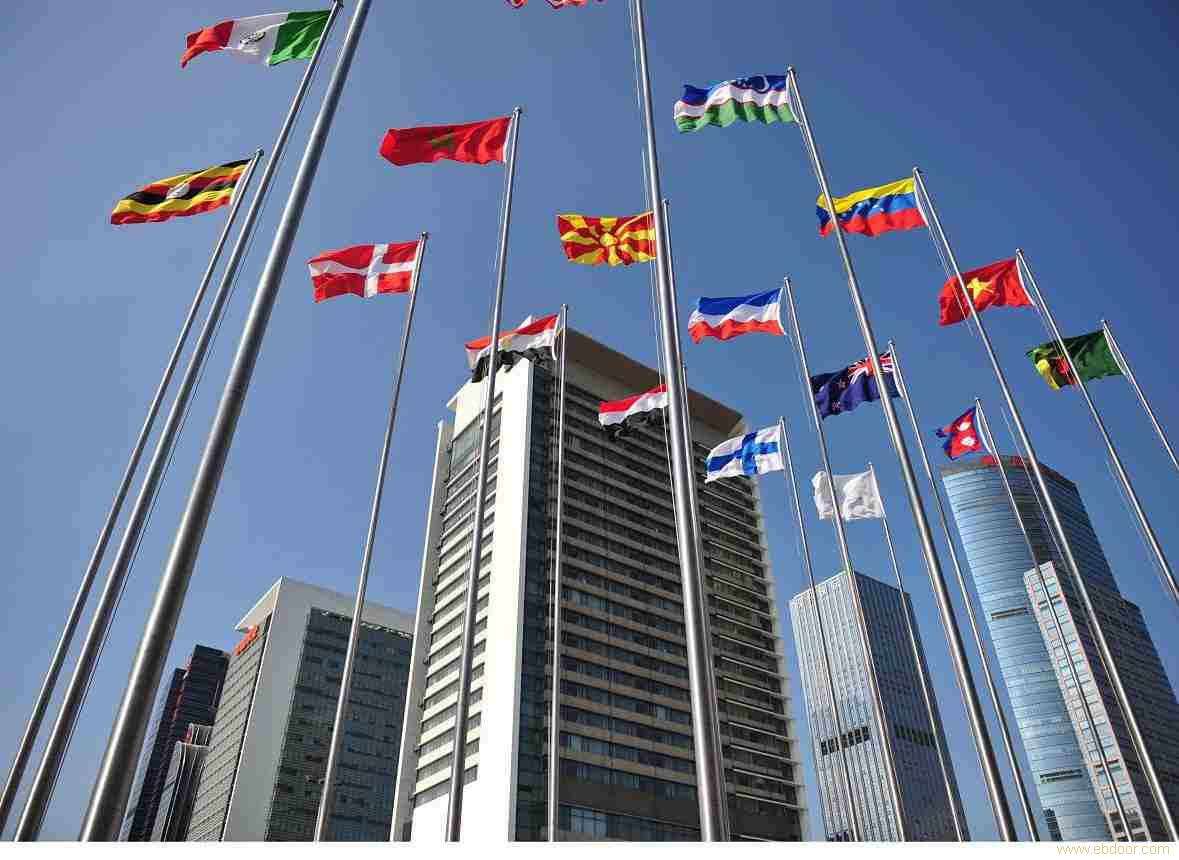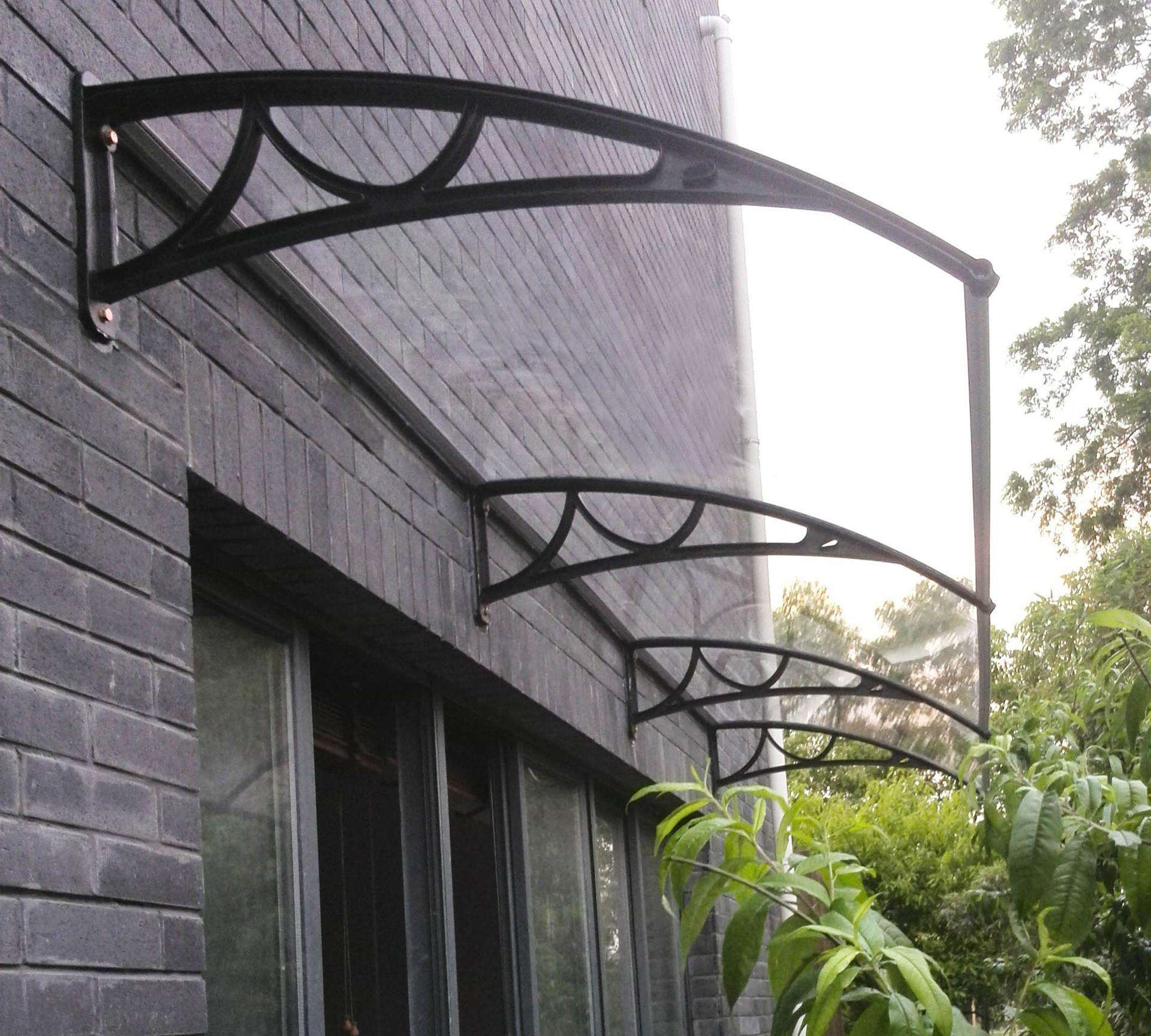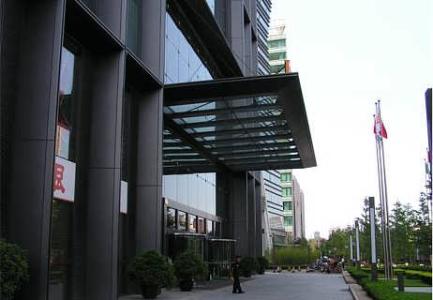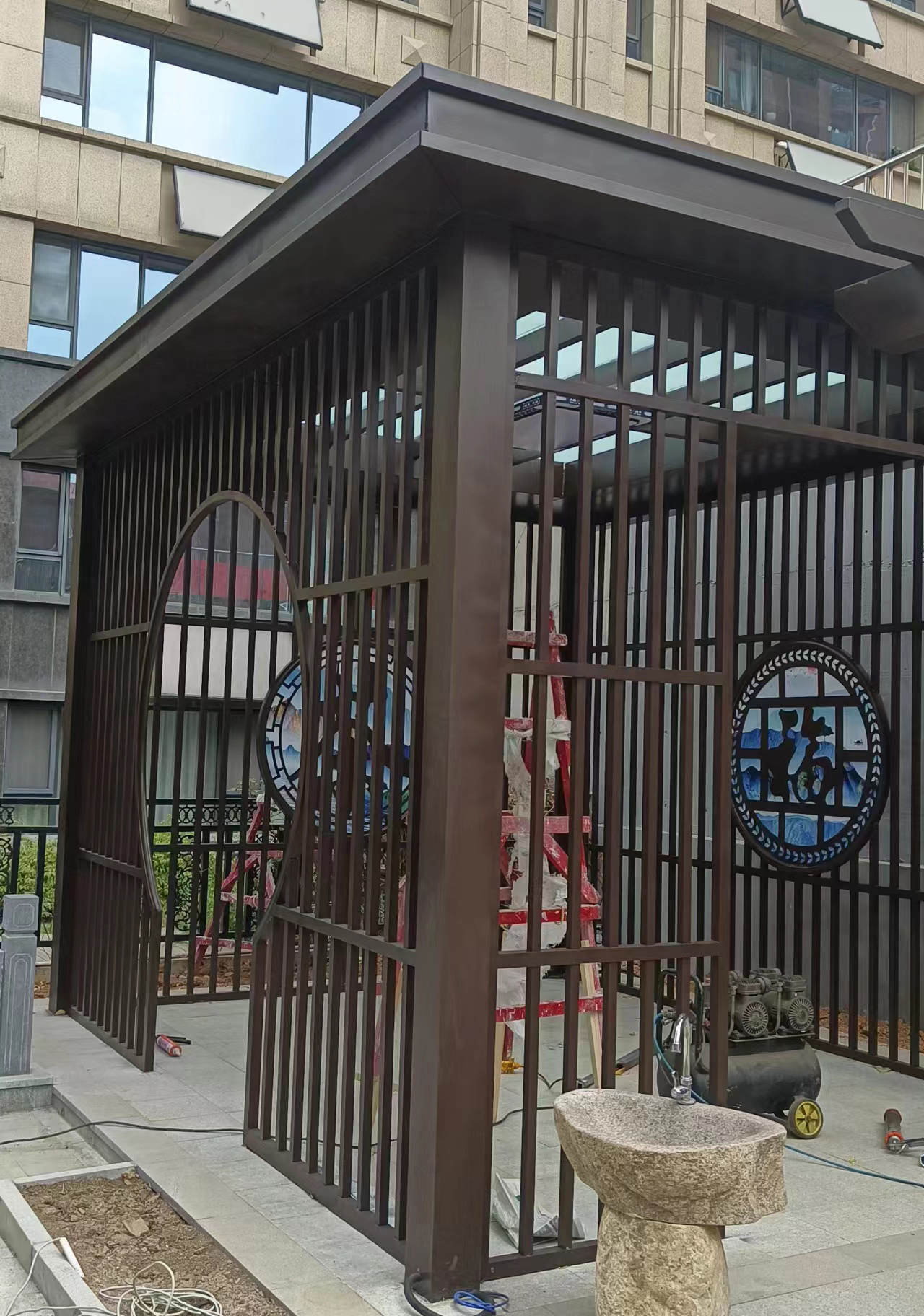聯(lián)系我們
- 聯(lián)系人:濟南燕翔鐵藝制品有限公司
- 手機:15953126901
- 電話:15153196527
- 郵箱:[email protected]
- 地址:濟南市天橋區(qū)歷山北路黃臺不銹鋼市場3區(qū)317

鐵藝護欄的處理工藝
際上,消失模鑄造是一個系統(tǒng)工程,,理論上可以用于生產(chǎn)各種鑄件,,并且在實驗室取得了廣泛的成功。但是,,由于我國消失模鑄造模型材料普遍采用包裝用的泡沫聚苯乙烯(EPS),,并且專用涂料技術(shù)還沒有形成技術(shù)優(yōu)勢,加之干砂振動技術(shù)和消失模鑄造工藝也不成熟,,從而導(dǎo)致許多初上企業(yè),,特別是中小企業(yè)對于這些認識還不深入,所以才會出現(xiàn)一哄而上又一哄而下的被動局面,。
Internationally, lost foam casting is a systems engineering that can theoretically be used to produce various castings and has achieved widespread success in the laboratory. However, due to the widespread use of foam polystyrene (EPS) for packaging as the EPC model material in China, and the lack of technical advantages in special coating technology, as well as the immature dry sand vibration technology and EPC process, many start-up enterprises, especially small and medium-sized enterprises, have not yet deepened their understanding of these issues, so there will be a passive situation of crowding up and down.
那么消失模鑄造技術(shù)在我國真的沒有發(fā)展前景嗎,?答案是否定的。通過十多年的生產(chǎn)實踐,,我國采用消失模技術(shù)進行鑄造生產(chǎn)的企業(yè),,已由開始階段不到十家發(fā)展到目前的數(shù)百家就是一個有力的證明。消失模鑄造生產(chǎn)在我國有許多成功的實例,,沒有達到預(yù)期效果而下馬的企業(yè)也有相當(dāng)多的數(shù) 鐵藝欄桿福特鐵藝 量,。分析成功的經(jīng)驗和失敗的教訓(xùn),對于消失模鑄造在我國的發(fā)展前景,,關(guān)鍵在于對這種工藝的認知程度,,在于對該工藝生產(chǎn)系統(tǒng)的優(yōu)化控制,包括對原材料,、涂料技術(shù),、干砂緊實技術(shù)以及消失模鑄造工藝技術(shù)的優(yōu)化控制等。
So does lost foam casting technology really have no development prospects in China? The answer is negative. Through more than ten years of production practice, it is a strong proof that the number of enterprises in China that adopt lost foam casting technology for casting production has grown from less than ten in the initial stage to hundreds at present. There are many successful examples of lost foam casting production in China, and there are also a considerable number of companies that have not achieved the expected results and have fallen from business. Analyzing successful experiences and lessons learned from failures, the key to the development prospects of lost foam casting in China lies in the level of understanding of this process and the optimization control of the production system, including raw materials, coating technology, dry sand compaction technology, and lost foam casting process technology.
一,、原材料的優(yōu)化控制
1,、 Optimization control of raw materials
消失模鑄造生產(chǎn)需要的原材料大致分為模型原材料,、干砂原材料、涂料原材料,、合金熔煉原材料等幾個方面,。由于消失模鑄造工藝是一項系統(tǒng)工程,原材料的選擇尤為重要,。所以控制各種原材料的質(zhì)量和參數(shù)就成了消失模鑄造成敗的基礎(chǔ),。
The raw materials required for lost foam casting production can be roughly divided into several aspects, such as model raw materials, dry sand raw materials, coating raw materials, and alloy melting raw materials. Due to the fact that the lost foam casting process is a systematic engineering, the selection of raw materials is particularly important. So controlling the quality and parameters of various raw materials has become the foundation for the success or failure of lost foam casting.
模型材料通常稱之為珠粒,鑄造上采用的珠粒一般分為兩種類型,,即聚苯乙烯(PS-Polystyrene)珠粒和聚甲基丙烯酸甲酯(PMMA-Polymethyl Methacrylate)珠粒,,二者都屬于高分子材料 鑄鐵圍墻福特鐵藝 。另外還有一種PS+PMMA的聚合物,。對于低碳鋼鑄件,,模型材料中的碳易使鑄件表面產(chǎn)生增碳現(xiàn)象,從而導(dǎo)致各種碳缺陷,。其中PS(含碳92%),、PS+PMMA共聚物、PMMA(含碳60%)對鑄件的增碳影響程度依次減小,。此外,,模 型的密度是其發(fā)氣量的重要控制參數(shù),上述三種材料的發(fā)氣量從小到大依次為PS,、PS+PMMA共聚物,、PMMA。同時,,珠 鐵藝圍墻福特鐵藝 粒的尺寸應(yīng)根據(jù)所生產(chǎn)鑄件的壁厚進行選擇,,一般情況下,厚大鑄件選用較粗粒徑的珠粒,,反之薄壁鑄件選用較細粒徑的珠粒,,使鑄件薄部位保持三個珠粒以上為宜。
The model material is usually referred to as beads, and the beads used in casting are generally divided into two types, namely polystyrene (PS polystyrene) beads and polymethyl methacrylate (PMMA polymethyl methacrylate) beads, both of which belong to the polymer material cast iron fence Ford iron art. There is also a polymer of PS+PMMA. For low-carbon steel castings, the carbon in the model material can easily cause carbonization on the surface of the casting, leading to various carbon defects. Among them, PS (containing 92% carbon), PS+PMMA copolymer, and PMMA (containing 60% carbon) have a decreasing effect on the carbonization of castings in sequence. In addition, the density of the model is an important control parameter for its gas generation, and the gas generation of the three materials mentioned above are PS, PS+PMMA copolymer, and PMMA in descending order. At the same time, the size of the bead iron fence Ford iron particles should be selected according to the wall thickness of the produced castings. Generally, thicker castings should use coarser particle size beads, while thinner castings should use finer particle size beads, so that the thin part of the casting can maintain at least three beads.
另外,,模型材料的預(yù)發(fā)和成形控制也 鑄鐵護欄 是技術(shù)成功的一個關(guān)鍵,。一般情況下,預(yù)發(fā)珠粒其密度控制在約0.024~0.03g/cm3,,其體積約為原珠粒體積的30倍,。成形 鑄鐵欄桿 模型的密度控制在約0.02~0.025g/cm3。
In addition, the pre production and forming control of model materials are also key to the technical success of cast iron guardrails. In general, the density of pre packaged beads is controlled at about 0.024-0.03g/cm3, and their volume is about 30 times that of the original beads. The density of the formed cast iron railing model is controlled at about 0.02-0.025g/cm3.
干砂是消失模鑄造的造型材料,,由于該工藝的特點 ,,選擇干砂應(yīng)與生產(chǎn)的鑄件材質(zhì)有關(guān),高溫合金采用耐火度較高,、顆粒較粗的干砂,。目前干砂主要使用天然石英砂,,應(yīng)去除砂中的鐵渣、粉塵和水分,,并保持使用溫度不高于50℃,。
Dry sand is the molding material for lost foam casting. Due to the characteristics of this process, the selection of dry sand should be related to the material of the castings being produced. High temperature alloys use dry sand with higher refractoriness and coarser particles. At present, natural quartz sand is mainly used for dry sand. The iron slag, dust, and moisture in the sand should be removed, and the operating temperature should not exceed 50 ℃.
涂料是消失模鑄造中必不可少的原料,現(xiàn)在許多鑄造廠采用自制涂料,。涂料的主要作用是提高模型的強度和剛度、防止破壞或變形,;隔離金屬液和鑄型,;排除模型氣化產(chǎn)物;保證鑄件表面質(zhì)量等,。消失模涂料中耐火骨料主要有鋯英粉,、鋁礬土、棕剛玉粉,、石英粉,、滑石粉、莫來石粉,、云母粉等,。其粒徑級配應(yīng)兼顧防止粘砂和高溫透氣性,粒形有利于提高透氣性,,通常選擇一定數(shù)量的球狀顆粒,,有利于模型氣化后氣體的逸出或模型不完全分解的液化產(chǎn)物的排除。
Coatings are essential raw materials in lost foam casting, and many foundries now use homemade coatings. The main function of paint is to improve the strength and stiffness of the model, prevent damage or deformation; Isolate metal liquid and mold; Exclude gasification products from the model; Ensure the surface quality of castings, etc. The refractory aggregates in lost foam coatings mainly include zircon powder, bauxite, brown corundum powder, quartz powder, talc powder, mullite powder, mica powder, etc. The particle size distribution should take into account the prevention of sand sticking and high temperature permeability. The particle shape is conducive to improving permeability. Usually, a certain number of spherical particles are selected, which is beneficial for the escape of gas after gasification or the elimination of liquefied products from incomplete decomposition of the model.
二,、涂料制配的控制
2,、 Control of coating preparation
消失模鑄造涂料的載體多采用水基,以利于環(huán)境保護,。其粘接劑主要包括粘土,、水玻璃、糖漿,、紙漿廢液,、白乳膠、硅溶膠等,。在選擇粘接劑考慮以下幾個方面因素:高溫發(fā)氣性,;涂掛性;涂層強度和剛度,;浸蝕模型性等,。懸浮劑用于防止涂料發(fā)生沉積、分層,、結(jié)塊,,使涂料具有觸變性,。一般可采用膨潤土、凹凸棒石粘土,、有機高分子化合物及其復(fù)合體等,。另外消失模涂料中還需添加表面活性劑,以增加涂料的涂掛性,,提高涂料與模型表面的親和性和結(jié)合強度,。此外還常常加入其他添加劑,,如消泡劑,、減水劑、防腐劑,、顏料等,。
The carrier of lost foam casting coatings is mostly water-based, which is beneficial for environmental protection. The adhesive mainly includes clay, water glass, syrup, pulp waste liquid, white latex, silica sol, etc. When choosing an adhesive, the following factors should be considered: high temperature gas generation; Coating property; Coating strength and stiffness; Etching modeling, etc. Suspension agents are used to prevent sedimentation, delamination, and agglomeration of coatings, giving them thixotropy. Generally, bentonite, attapulgite clay, organic polymer compounds, and their composites can be used. In addition, surfactants need to be added to the lost foam coating to increase the coating's adhesion, improve the affinity and bonding strength between the coating and the model surface. In addition, other additives such as defoamers, water reducers, preservatives, pigments, etc. are often added.
為此,,要求涂層具有良好的強度,、透氣性、耐火度,、絕熱性、耐急冷急熱性,、吸濕性,、清理性、涂掛性,、懸浮性等,。綜合起來主要包括工作性能和工藝性能,。
Therefore, it is required that the coating has good strength, breathability, fire resistance, thermal insulation, resistance to rapid cooling and heating, moisture absorption, cleaning, coating, suspension, etc. Overall, it mainly includes work performance and process performance.
涂料的工作性能包括強度、透氣性,、耐火度、絕熱性,、耐急冷急熱性等,,主要是在澆注和冷卻過程中應(yīng)具有的性能,,其中重要的是強度和透氣性。而涂料的工藝性能包括涂掛性,、懸浮性等,,主要是在涂掛操作中所要求的性能,。
The working performance of coatings includes strength, breathability, fire resistance, insulation, and resistance to rapid cooling and heating, which are mainly the properties that should be possessed during pouring and cooling processes, among which strength and breathability are important. The process performance of coatings includes coating and suspension properties, mainly the performance required during coating and suspension operations.
一般消失模鑄造多采用水基涂料,,涂料與模型一般不潤濕,,從而要求改進水基涂料的涂掛性,。涂掛性是指模型涂掛涂料后一般需要懸掛干燥,希望涂料在涂掛后盡快不滴不淌,,確保涂料層的均勻性,,減少環(huán)境污染。懸浮性是指涂料在使用過程中,,涂料保持密度的均勻性,,不發(fā)生沉積現(xiàn)象,。

Generally, water-based coatings are commonly used in lost foam casting, and the coating and model are generally not wetted, thus requiring improvement in the coating properties of water-based coatings. Coating adhesion refers to the general need for the model to be hung and dried after coating, with the hope that the coating will not drip or drip as soon as possible after coating, ensuring the uniformity of the coating layer and reducing environmental pollution. Suspension refers to the uniformity of density maintained by the coating during use, without any sedimentation phenomenon.
涂料的制配工藝控制是涂料技術(shù)的關(guān)鍵環(huán)節(jié),。國產(chǎn)涂料多采用碾混,、輥混或攪拌工藝。根據(jù)生產(chǎn)實踐,,碾混和輥混其質(zhì)量優(yōu)于攪拌,。建議有條件的企業(yè)可采用碾混或輥混方法制配涂料。
The control of coating preparation process is a key link in coating technology. Domestic coatings often use rolling, rolling, or mixing processes. According to production practice, the quality of grinding and roller mixing is better than that of mixing. It is recommended that companies with conditions can use the rolling or roller mixing method to prepare coatings.
由于不同的合金對涂料的作用情況不同,,建議根據(jù)合金種類的不同研制相應(yīng)的涂料,,如鑄鐵涂料、鑄鋼涂料,、有色合金涂料等,。在涂料配置和混制過程中,應(yīng)盡量使用合理的骨料級配,,使骨料和粘接劑及其它添加劑混合均勻,。
Due to the different effects of different alloys on coatings, it is recommended to develop corresponding coatings based on the type of alloy, such as cast iron coatings, cast steel coatings, non-ferrous alloy coatings, etc. In the process of coating preparation and mixing, reasonable aggregate gradation should be used as much as possible to ensure uniform mixing of aggregates, adhesives, and other additives.
除了涂料性能達到要求外,涂敷和烘干工藝對生產(chǎn)也具有一定影響,。生產(chǎn)上多采用浸涂,,好是一次完成,。也可以分兩次涂敷,,但應(yīng)每次涂敷后要進行烘干,烘干時注意烘干溫度的均勻性和烘干時間,,保證涂層干燥徹底并不開裂,。
In addition to meeting the requirements for coating performance, the coating and drying processes also have a certain impact on production. Dip coating is often used in production, which is better done in one go. It can also be applied twice, but it should be dried after each application. When drying, pay attention to the uniformity of drying temperature and drying time to ensure that the coating is completely dried and does not crack.
三、干砂造型工藝的控制
3,、 Control of dry sand molding process
干砂造型是將模型埋入到砂箱中,,在振動臺上進行振動緊實,,保證模型周圍干砂充填到位并獲得一定的緊實度,,使型砂具有足夠的強度抵抗金屬液的沖擊和壓力,。
Dry sand molding is the process of embedding a model into a sand box and compacting it on a vibration table to ensure that the dry sand around the model is filled in place and a certain degree of compaction is obtained, so that the molding sand has sufficient strength to resist the impact and pressure of the molten metal.
干砂造型步是向砂箱中加入干砂,,加砂時為保證干砂的充填到位,,首先在砂箱中加入一定厚度的底砂并振動緊實,,然后放入模型簇,,再加入一定厚度的干砂,,將模型簇埋入到三分之一到二分之一,,再進行適當(dāng)振動,,以促使干砂向模型內(nèi)腔充填,。后填滿砂箱進行振動,,振動時間不宜過長,以保證模型不出現(xiàn)損壞和變形,,同時保證涂料層不發(fā)生脫落和裂紋。
The step of dry sand molding is to add dry sand to the sand box. To ensure that the dry sand is filled in place, a certain thickness of bottom sand is first added to the sand box and compacted by vibration. Then, a model cluster is placed, and a certain thickness of dry sand is added to bury the model cluster to one-third to one-half, and appropriate vibration is carried out to promote the filling of dry sand into the interior of the model. After filling the sand box, vibration should not be carried out for too long to ensure that the model is not damaged or deformed, and that the coating layer does not peel off or crack.
振動參數(shù)應(yīng)根據(jù)鑄件結(jié)構(gòu)和模型簇形式進行選擇,,對于多數(shù)鑄件,,一般應(yīng)采用垂直單向振動,對于結(jié)構(gòu)比較復(fù)雜的鑄件,,可考慮采用單向水平振動或二維和三維振動,。振動強度的大小對干砂造型影響很大,,用振動加速度表示振動強度,。對于一般復(fù)雜程度的鑄件和模型簇,,振動加速度在10~20m/s2之間。而振幅是影響模型保持一定剛度的重要振動參數(shù),,消失模鑄造振幅一般在0.5~1mm。振動時間的選擇比較微妙,,應(yīng)結(jié)合鑄件和模型簇結(jié)構(gòu)進行選擇,。但總體上振動時間約控制在1~5min為宜,。同時底砂,、模型簇埋入一半時的振動時間盡量要短,,可選擇1~2min,,模型簇全部埋入后的振動時間一般控制在2~3min即可,。
The vibration parameters should be selected based on the casting structure and model cluster form. For most castings, vertical unidirectional vibration should generally be used. For castings with complex structures, unidirectional horizontal vibration or two-dimensional and three-dimensional vibration can be considered. The magnitude of vibration intensity has a significant impact on dry sand molding, and vibration acceleration is used to represent vibration intensity. For castings and model clusters of general complexity, the vibration acceleration is between 10 and 20m/s2. And amplitude is an important vibration parameter that affects the model to maintain a certain stiffness, and the amplitude of lost foam casting is generally between 0.5-1mm. The selection of vibration time is delicate and should be based on the casting and model cluster structure. But overall, it is advisable to control the vibration time within 1-5 minutes. At the same time, the vibration time when the bottom sand and model clusters are buried in half should be as short as possible, and 1-2 minutes can be selected. The vibration time after burying all the model clusters is generally controlled at 2-3 minutes.
四,、鑄造工藝的控制
4,、 Control of Casting Process
消失模鑄造工藝包括澆冒口系統(tǒng)設(shè)計、澆注溫度控制,、澆注操作控制、負壓控制等,。
The lost foam casting process includes the design of sprue and riser systems, pouring temperature control, pouring operation control, negative pressure control, etc.
澆注系統(tǒng)在消失模鑄造工藝中具有十分重要的地位,,是鑄件生產(chǎn)成敗的一個關(guān)鍵。在澆注系統(tǒng)設(shè)計時,,應(yīng)考慮到這種工藝的特殊性,,由于模型簇的存在,,使得金屬液澆入后的行為與砂型鑄造有很大的不同。因此澆注系統(tǒng)設(shè)計必定與砂型鑄造有一定的區(qū)別,。在設(shè)計澆注系統(tǒng)各部分截面尺寸時,,應(yīng)考慮到消失模鑄造金屬液澆注時由于模型存在而產(chǎn)生的阻力,小阻流面積應(yīng)略大于砂型鑄造,。
The pouring system plays a very important role in the lost foam casting process and is a key factor in the success or failure of casting production. When designing the pouring system, the particularity of this process should be taken into account. Due to the presence of model clusters, the behavior of the molten metal after pouring is significantly different from that of sand casting. Therefore, the design of the pouring system must have certain differences from sand casting. When designing the cross-sectional dimensions of each part of the pouring system, consideration should be given to the resistance generated by the presence of the model during the pouring of the lost foam casting metal liquid. The small flow resistance area should be slightly larger than that of sand casting.
由于鑄件品種繁多,、形狀各異,,每個鑄件的具體生產(chǎn)工藝都有各自的特點,,并且千差萬別,。這些因素都直接影響到澆注系統(tǒng)設(shè)計結(jié)果的準(zhǔn)確性,。為此,,可將鑄件以某種方式進行分類,。針對中小鑄件,,可按鑄件生產(chǎn)工藝特點進行分類,,如表1所示,。模型簇組合方式可基本反映鑄件的特點,,以及鑄件的補縮形式,。澆注系統(tǒng)各部分截面尺寸與鑄件大小、模型簇組合方式以及每箱件數(shù)都有關(guān)系,。為此,在設(shè)計新鑄件的工藝時,,應(yīng)根據(jù)鑄件特征,,參照同類鑄件澆注系統(tǒng)特點有針對性地進行計算,。
Due to the wide variety and diverse shapes of castings, each casting has its own unique production process and varies greatly. These factors directly affect the accuracy of the design results of the pouring system. For this purpose, castings can be classified in some way. For small and medium-sized castings, they can be classified according to the characteristics of the casting production process, as shown in Table 1. The combination of model clusters can basically reflect the characteristics of castings and the form of casting shrinkage. The cross-sectional dimensions of each part of the pouring system are related to the size of the casting, the combination of model clusters, and the number of pieces per box. Therefore, when designing the process of new castings, targeted calculations should be made based on the characteristics of the castings and the characteristics of the pouring system of similar castings.

